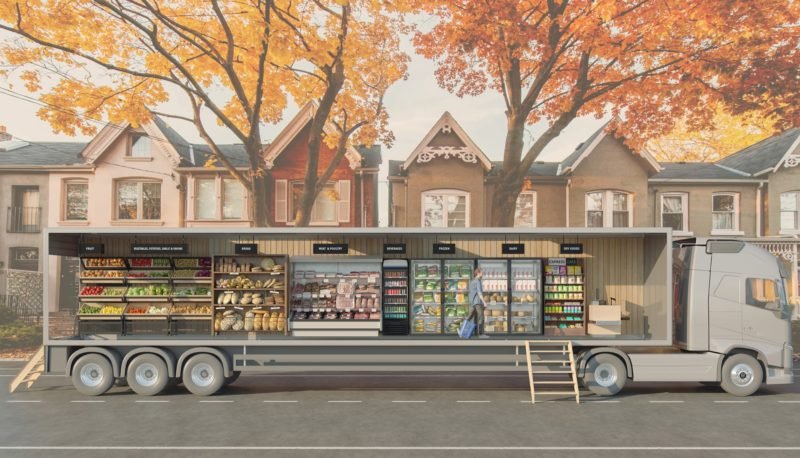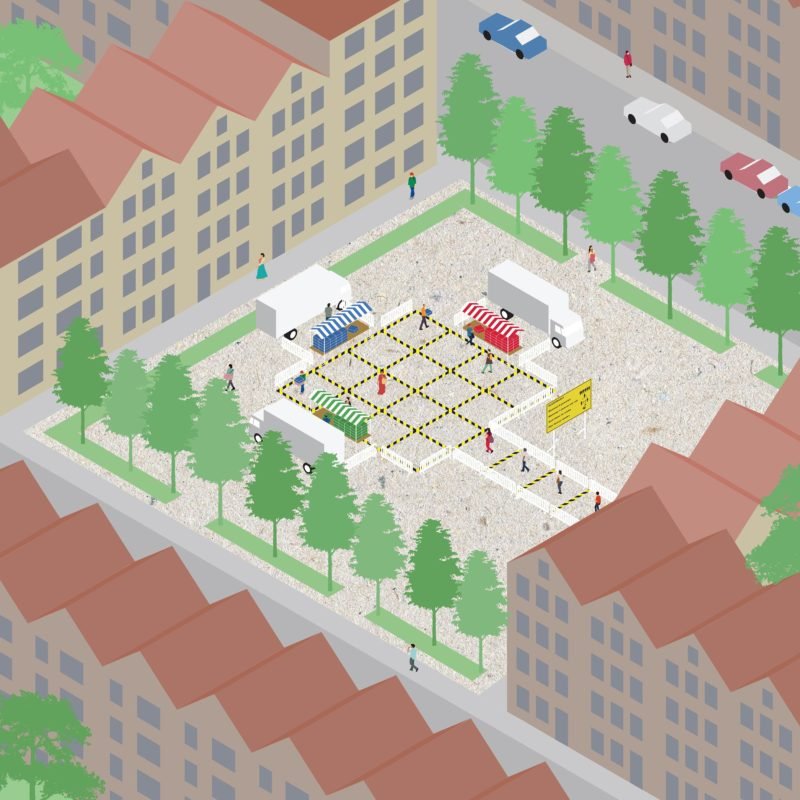An Automated Supermarket With No Staff
Entrepreneur Robert Ilijason recently launched Näraffär Viken — a smartphone-controlled supermarket in the Swedish town of Viken that doesn’t have any employees. Self-service to the fullest!
Entrance to the supermarket is gained by ‘unlocking’ the doors virtually. Once you’re in, you can scan the products that you’d like to buy with your smartphone. As for payment, a monthly bill can be paid with the app as well. Although the stock is limited to basic products like milk, bread and ready meals, it offers a product range of about 450 different ‘groceries’. Ilijason resupplies the supermarket himself on a regular basis. Alcohol and cigarettes are not for sale here, as these products are more likely to be stolen. The store is monitored 24/7 by six CCTV cameras. In case the door is being forced, Ilijason immediately receives a notification of the situation.

The idea for the supermarket comes from one of Ilijason’s personal experiences. After going shopping once, he dropped a jar of baby nutrition while arriving at home, meaning he had to go for another long drive to the supermarket. This long distance routine is a common problem for many who are living in remote areas. As he was tired of traveling up and down to the store, he decided to set up a 24-hour supermarket formula for customers. Low costs make it feasible to set up these stores in remote places. However, to meet the needs of digital illiterate elderly, Ilijason is planning to place one person in the supermarket to assist them in the first stages of implementation.

Ilijason states that this new type of supermarket can strengthen the vitality of small villages and small communities, where no (larger) supermarket is to be found. Automation usually doesn’t relate to vitality, but this supermarket allows for social interaction between customers while otherwise they may never meet at all. All in all, this supermarket seems to confirm the further development towards an automated retail landscape. What’s next?



